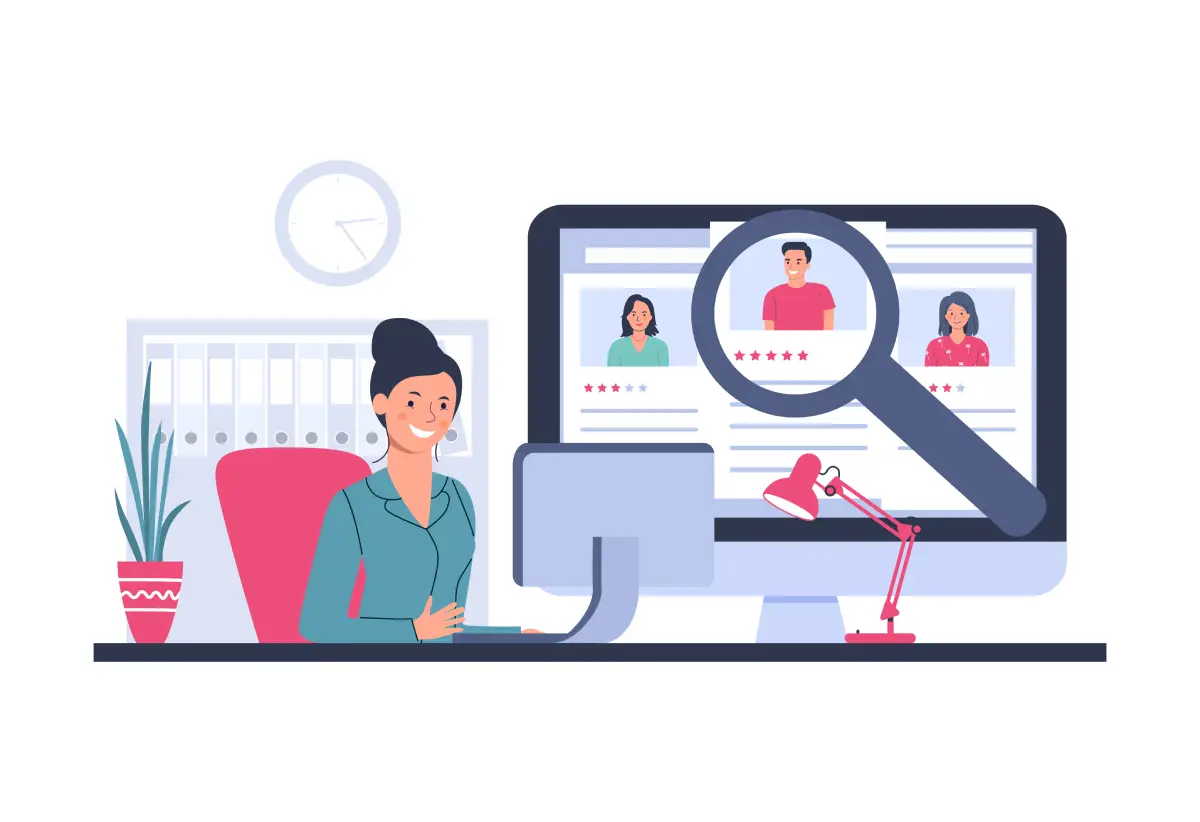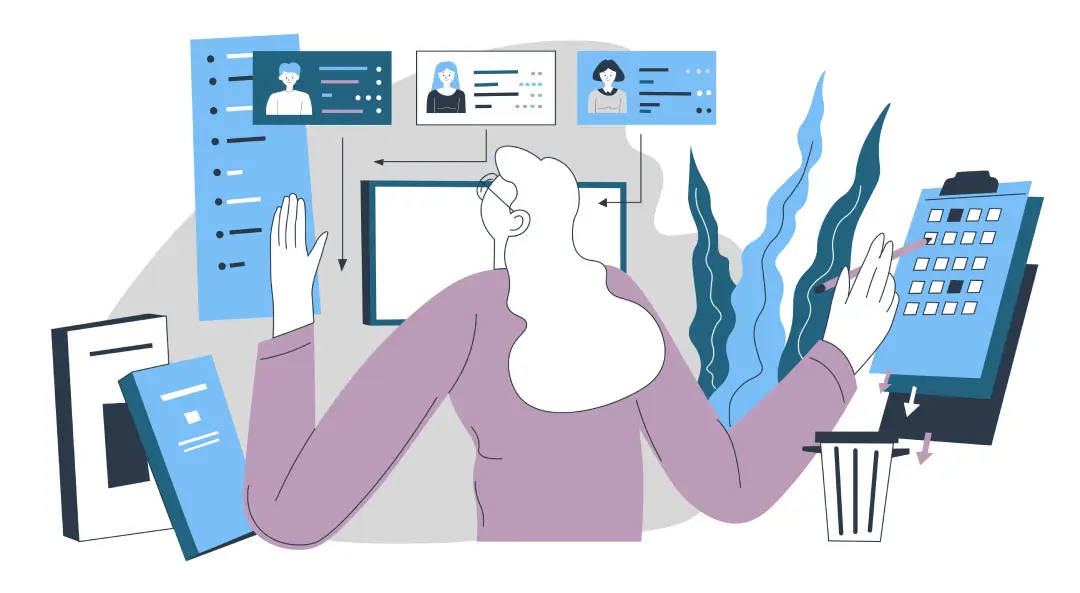Who are the best candidates for your company?
Hiring can be a cumbersome process, and hiring the right talent is often a challenging task. Not only does the best talent deliver in terms of performance, it proves to be an asset to the company on a long-term basis. Employers today perceive communication skills, honesty and enthusiasm as some of the desired characteristics of quality hires. While every recruiter knows that the best candidates are those who possess a strong skill set, have the willingness to learn, display motivation and are a good culture fit, it is not easy for them to assess these traits during the process of hiring. Finding these top hires from a vast pool of candidates is like finding a needle in a haystack.
How to know you’re hiring the right person?
From time immemorial, recruiters have relied on a set of criteria to ensure that they hire the right fit for the organisation. They look for people who know their stuff; people who are aware of the hard facts about their business. In fact, gut decision also plays a part in the hiring decisions of many recruiters. With technology evolving over time, however, this is changing. The most forward-thinking organisations are turning to data-driven decision making with the help of HR recruitment analytics. Recruitment analytics tools equip the employers with the right tools to know if they’re hiring the right person. The benefits of predictive recruitment analytics can be likened to a virtual gold mine of valuable information derived from collecting and analysing data by use of statistics and machine learning. For example, one of the best ways to determine the best hires is an Applicant Tracking System (ATS), which collects several external inputs about a given candidate from sources like their resume, pre-screens and assessments and pre-screens, social media, to name a few. It then uses predictive modelling which analyses these inputs to ascertain whether or not the candidate will be a good hire.
Why is improper onboarding a problem?
Over one-third of recruiters don’t have a structured, thorough onboarding process for new hires. A good onboarding program doesn’t just focus on orientation, but it also provides new employees the tools necessary for their success in the organisation. Improper onboarding can have several negative impacts which can last for long. Many HR managers believe that it reduces the organisation’s productivity and results in higher employee turnover. Additionally, improper onboarding can lead to insufficient engagement, lower employee morale, diminished trust within the company and inadequate performance. A study showed that a thorough onboarding program is needed to give employees the best chance at future success. Recruitment analytics can help you design a good onboarding program by providing relevant data about your new hires.
How to boost employee performance?
In the modern times, effective ways have emerged that can boost employee performance. For starters, you can ensure that you hire the candidates who would be the perfect fit for your organisation with the help of a recruitment analytics report. Secondly, you can analyse performance metrics to analyse their performance and implement steps to improve it. Establishing a framework for accountability, setting clear communication channels and having goal-oriented expectations can further enhance performance.
What can bad hiring decisions cost your company?
When recruiters hire new employees without considering recruitment and selection analytics, it can lead to bad hiring decisions, which can be severely detrimental to the functioning and success of a company. It can affect the performance and productivity of your departments, making a dent on profitability. Furthermore, it can significantly shoot up employee turnover rate, costing the organisation more in hiring and training new employees. Another thing bad hiring decisions cost a company is its best employees. You don’t want your top talent leaving due to bad employees as colleagues or managers.
Conclusion
Companies are hiring more than ever, and they’re spending more money on it. However, things are turning around with the emergence of new-age tools such as recruitment data analytics, which helps recruiters make better and faster hiring decisions. Recruitment analytics allow you to recognise the best candidates, determine if you’re hiring the right person, develop a better onboarding process and avoid bad hiring decisions. Doing this will help you avoid extra costs to the company, lower employee turnover rate and increase profitability.



